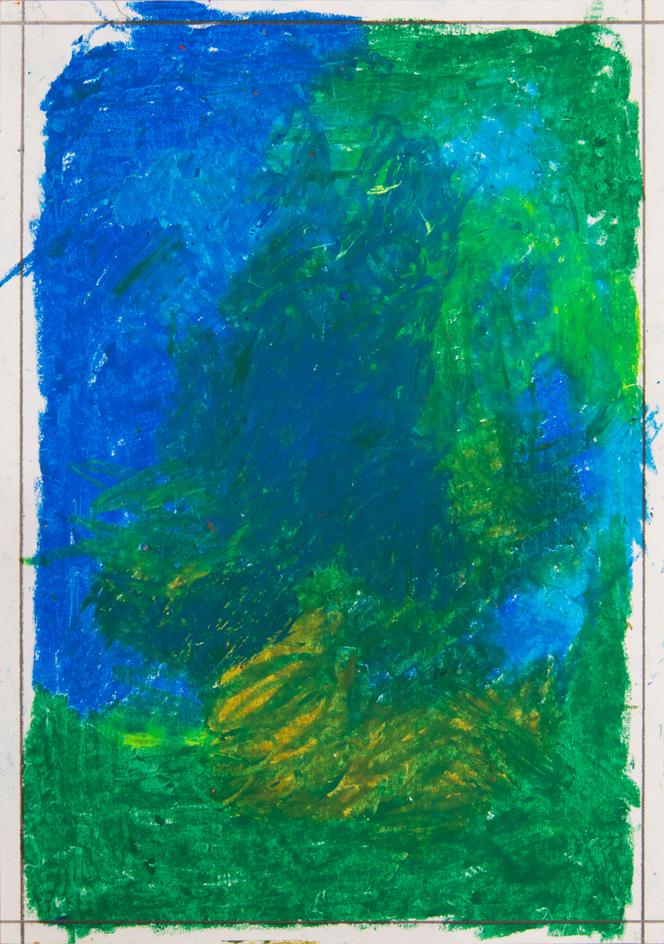


Hermann Nitsch (1938-2022) is remembered in the art of the second half of the 20th century for his decisive role in Viennese Actionism. In 1957, he formulated the principles of what he called Theater of Orgies and Mysteries, which owes as much to Antonin Artaud's (1896-1948) theater of cruelty as to Richard Wagner's "total" work of art and New York action painting. Beginning in 1962, together with Otto Muehl (1925-2013), they created Aktionen, performances in which their bodies were put to the test of brutal and often humiliating treatment: Bound in painful or grotesque positions, smeared with animal blood or paint, coated with flour, and so on. The crucifixion of Christ, the martyrdom of saints, and the sacrifices characteristic of so many religions are repeated over and over again.
The performances also recalled Austria's Nazi past, still recent then, and the bigotry of the country's almost compulsory Catholicism. Public interventions by Nitsch, Muehl and other Actionists – Günter Brus, born in 1938, in particular – provoked scandals, arrests, and trials. In 1967, Nitsch had to leave Austria for Germany to escape.
These horrific performances, which continued and escalated throughout his life, went hand in hand with his pictorial creations: On increasingly vast surfaces, invading the space, he sprayed abundant streams of reds and blacks that splattered, exploded, streaked, and formed thick skins, which seem to be crisscrossed with scars and strewn with clots.
This tragic expressionism lasted around 30 years. In 2000, Nitsch embarked on the Resurrection Cycle – "a very cheerful final chapter in my total work of art," he wrote in 2007. In this chapter, Claude Monet (1840-1926), whom one would not have expected to emerge in this way, became increasingly important to him. "His quest for light enabled Monet to catalyze a development in painting without reference to myth or religion. His work moved in the direction of resurrection," he asserted in 2021, in one of his last texts, as the plan was beginning for an exhibition of his most recent paintings next to the Water Lilies.

The artist died on April 18, 2022, and the project at the Musée de l'Orangerie in Paris became a tribute. On the Water Lilies floor, on the one hand, and in the room reserved for contemporary artists in the basement, on the other, are hung some of his large canvases from 2020 and a group of works in oil pastel on paper from 2020-2021.
Yellows, pinks, and purples burst forth. Greens and blues respond. Whatever the medium or format, the dynamism of the gesture is equally visible. On paper, Nitsch sometimes left a great deal of white, so that the traces retain their initial speed and the movements of his hand their precipitous rhythm. On canvas, he poured the colors in streams and, as long as they were still supple, he traced – with his fingers, it seems – loops, spirals, and waves. In this way, he achieved Monet's fluidity in his last years at Giverny (northwestern France), with variations on the Japanese bridge, the pond, and the trees.
You have 15% of this article left to read. The rest is for subscribers only.
